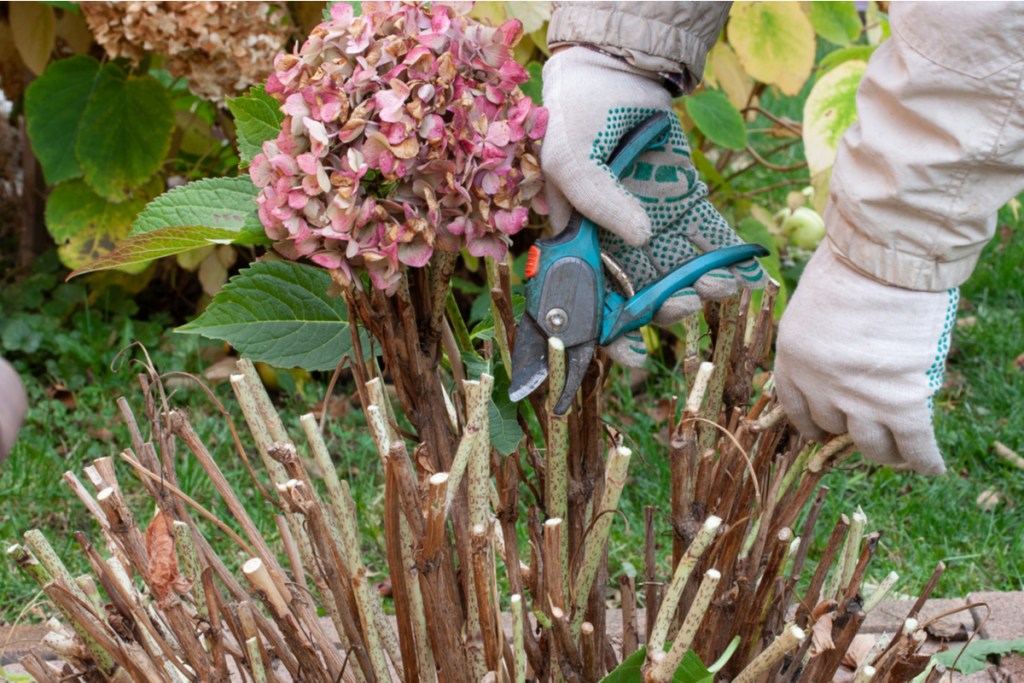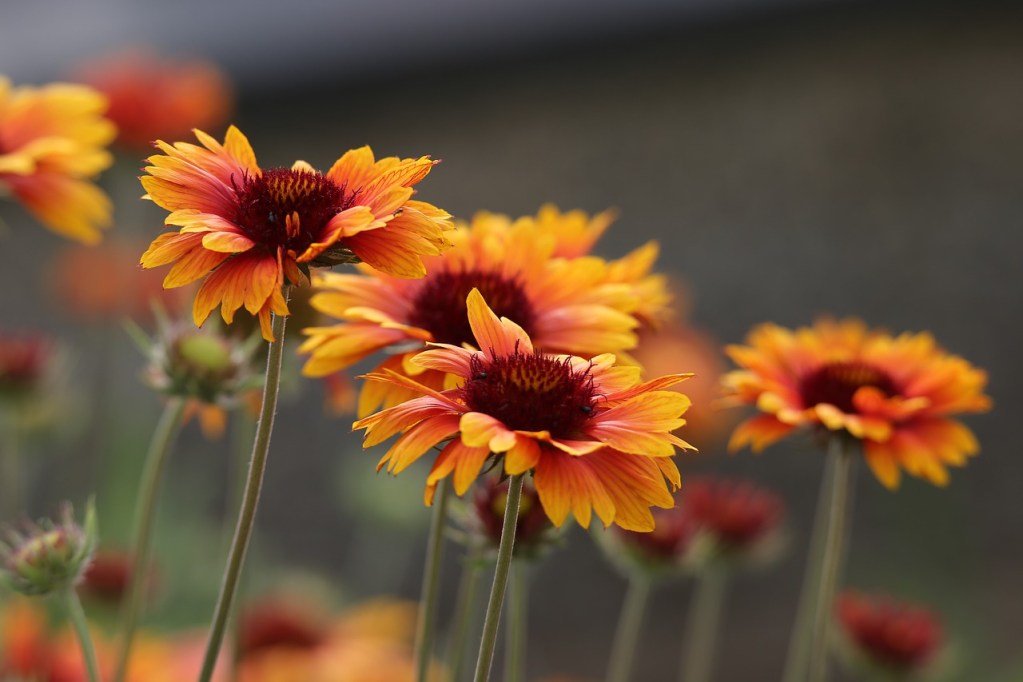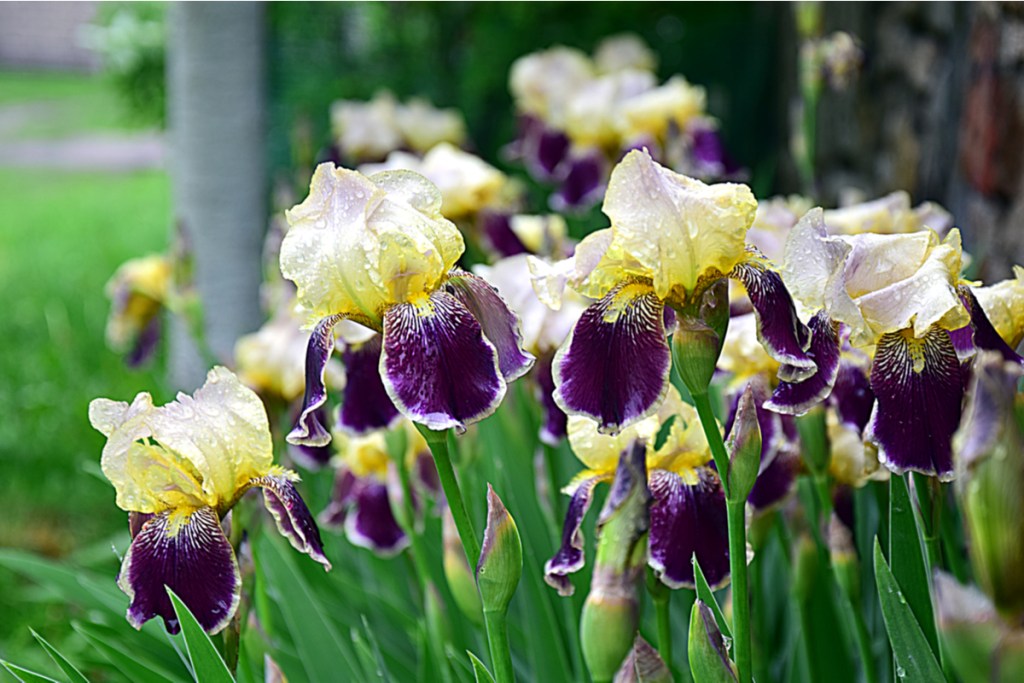Fresh spring growth is a welcome sight in any garden, but it all starts with getting ready at the end of fall and the start of winter. If you’re researching ways to promote that growth, you may have heard of cutting back plants. Cutting back plants is an easy and effective gardening technique once you understand the basics. This form of pruning might sound intimidating, but it doesn’t have to be.
Below, we’ll answer all your questions about cutting back your fall plants, including how to do it, which fall plants you should cut back, and which plants you shouldn’t.

What is cutting back and why do it?
Cutting back is a type of pruning. Typical pruning involves removing specific branches that are diseased, damaged, or growing too closely to another branch. Cutting back, on the other hand, means pruning away all or most of a plant. This provides a few key benefits for your plants and your garden as a whole.
Cutting your plants back after they’ve gone dormant (which typically happens in late fall to early winter, after the temperature has dropped significantly) encourages them to put out new growth in the spring. For some plants, cutting back is a good way to control their size and keep them from growing too tall or too wide. Cutting back also removes shelter and food for insects, though it doesn’t discriminate between pests and beneficial bugs.
Just like with pruning, always use a sharp, clean utensil (like pruning shears, knives, and scissors) to make your cuts. Cut your plant down until it’s two or three inches above the ground. This way, you’ll have a marker for the plant’s location, and your plant doesn’t have to start from scratch in the spring. If your plant is thicker, you may need to leave more than three inches.

What plants should you cut back?
In general, you want to cut back perennials and not annuals. In particular, focus on plants that are diseased, infected, or infested, as cutting back can potentially keep these problems from coming back next year.
Plants with tall, thin flower stalks can benefit from cutting back, as frost makes the stalks fold over. This is aesthetically displeasing and potentially damaging for the plant. Plants with these flower stalks include irises and lilies.
Some flowers bloom with renewed vigor in the spring after being cut back in the fall. Catmint and blanket flowers both fall into this category. Additionally, some plants will grow new leaves at the base of the stem after being cut back, such as salvia and yellow chamomile; these leaves help shelter the plant from the cold.
At a glance, six plants you should cut back are:
- Irises
- Lilies
- Catmint
- Blanket flowers
- Salvia
- Yellow chamomile

What plants should you avoid cutting back?
Not all plants benefit from being cut back, and some plants are even beneficial to your garden if you leave them standing over winter. Any plant that self-seeds (and that you want to self-seed) should be left standing at least until they drop their seeds. You should also leave plants that produce colorful or interesting seed pods, as these can keep your winter garden from becoming drab.
If you’re an environmentally conscious gardener, leave plants that are common winter food sources for birds, like coneflowers. Evergreen plants, especially low-lying ones, don’t typically benefit from being cut back unless they’re diseased. Moss phlox, for example, is an evergreen plant that stays close to the ground, but powdery mildew can be a problem for them. A healthy moss phlox can be left alone, but an infected one should be cut back.
Short, leafy plants typically need all their leaves to survive the cold, so cutting them back can result in the death of the plant. Hostas and heuchera are two prime examples of this. However, hosta leaves are often targeted by slugs, and dead hosta leaves can play host for slug eggs. If your garden has a serious slug problem, then you may need to cut your hosta back.
Cutting plants back can be a helpful and necessary gardening technique. If you’ve never done it before, then it may take some getting used to. It can be intimidating to cut so much off of your plant, but it’s worth it for the healthy new growth you’ll see in spring.
Editors' Recommendations
- Plant these stunning flowering shrubs for a showstopping garden display this spring
- 3 incredible reasons why you should be using coffee grounds in your garden
- Have a gross mealybug infestation on your plants? Try one of these remedies
- Unique and whimsical flowers to add to your collection for a fairy-tale garden landscape this spring
- Why mulching might be the best option for your old Christmas tree




